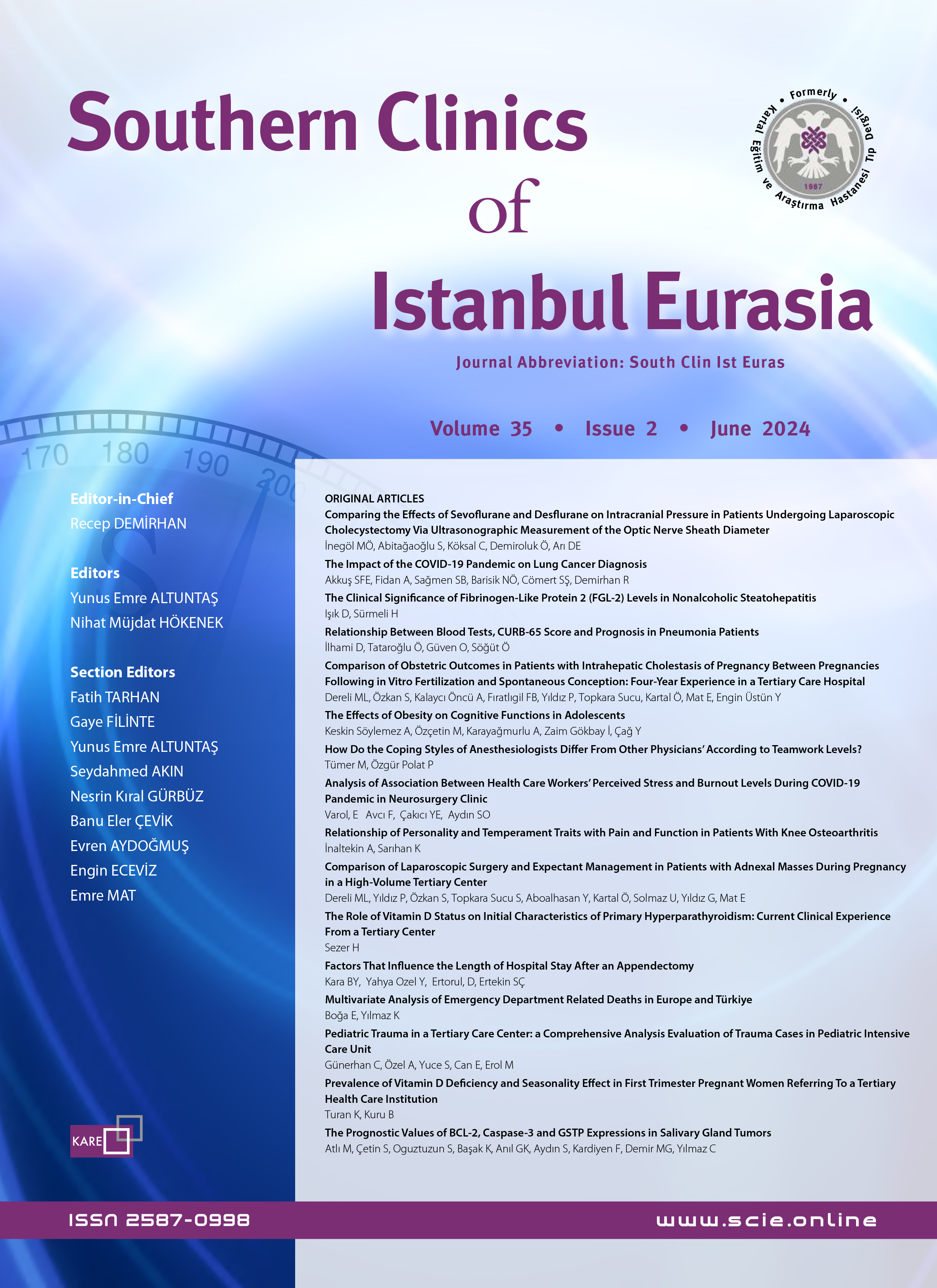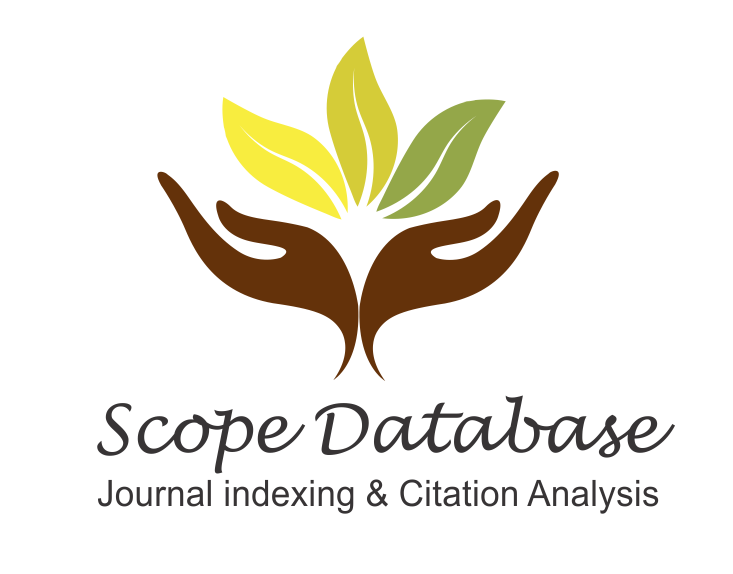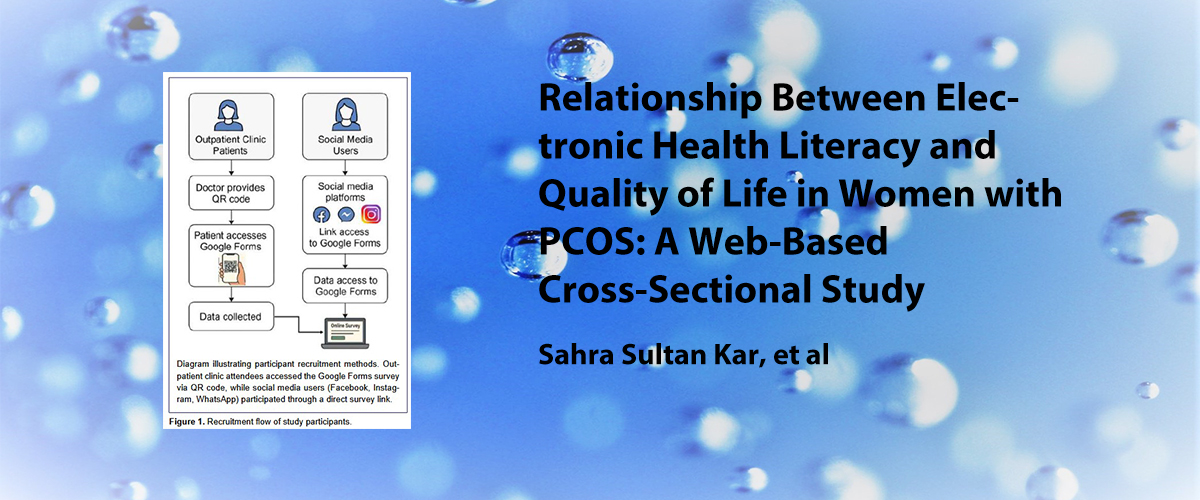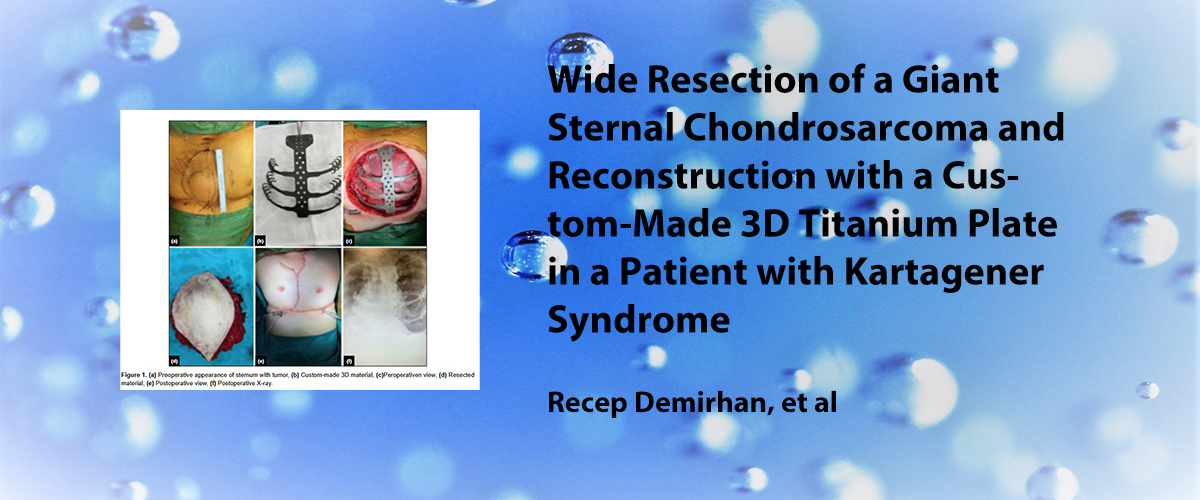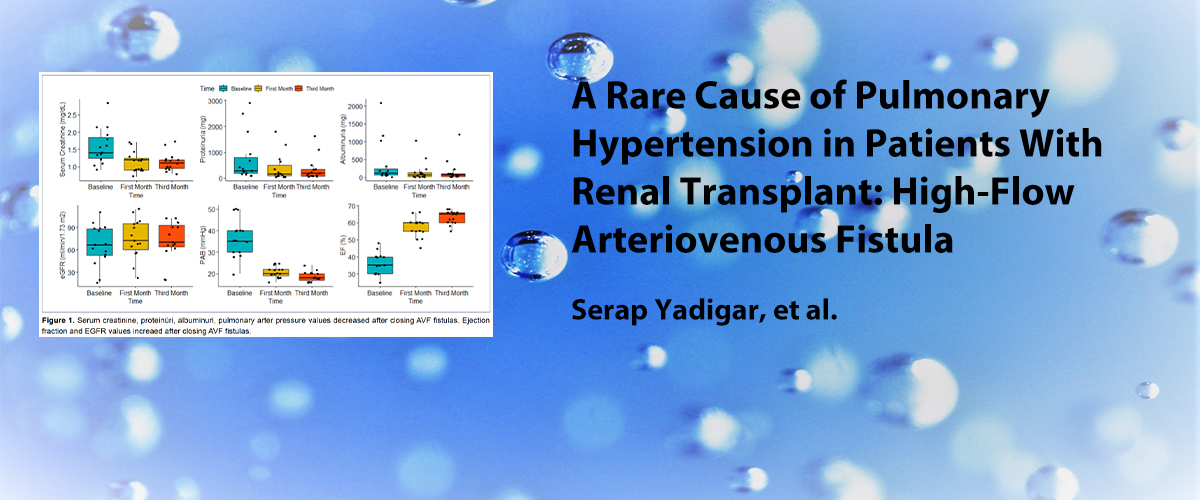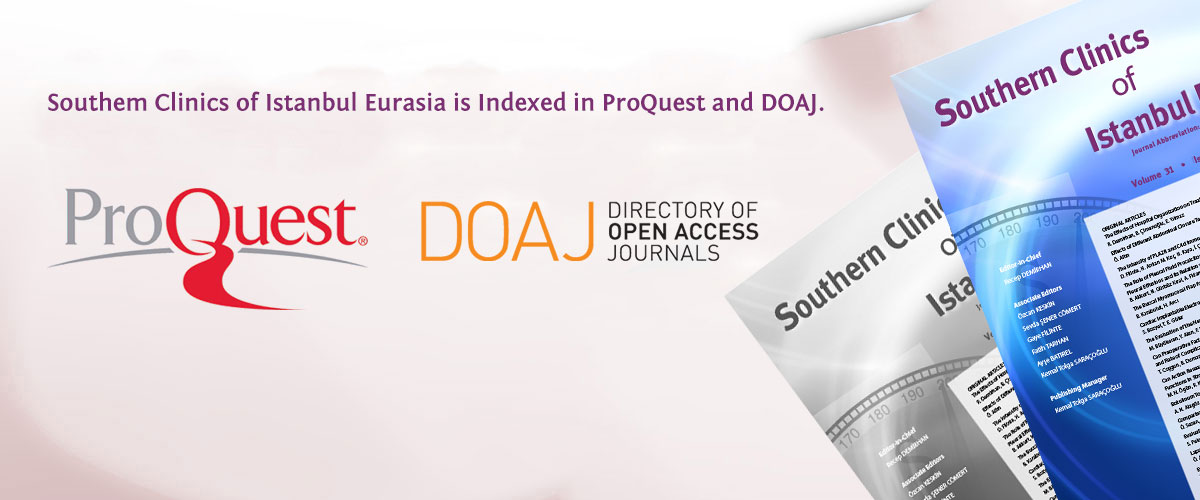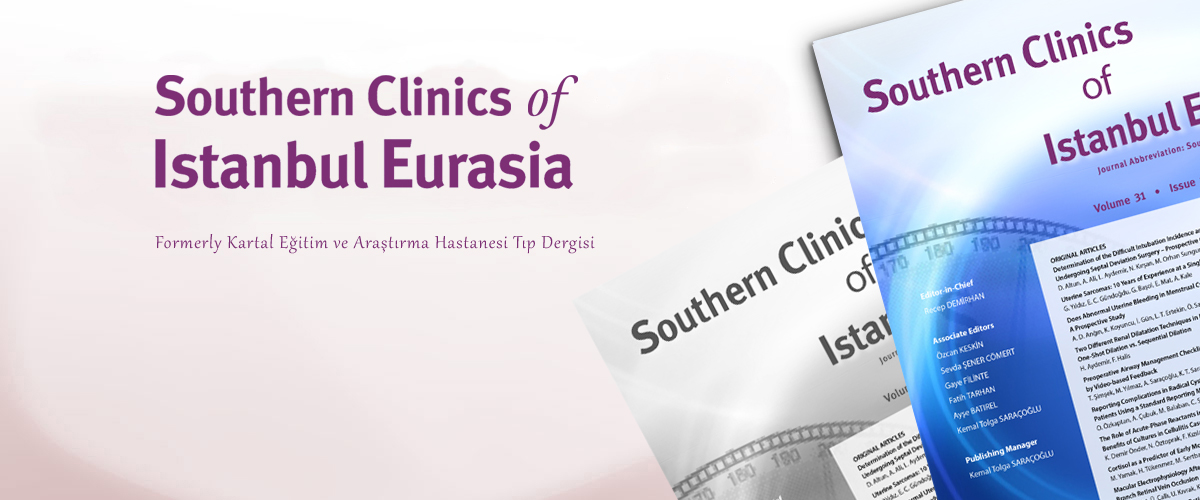ISSN : 2587-0998
2015-2016 Influenza Sezonunda Ağır İnfluenza/Akut Solunum Yolu Enfeksiyonu Nedeniyle Yatış Gerektiren Hastaların Klinik Seyri ve Etkenleri
Ayşe Batırel1, Semih Korkut2, Recep Demirhan3, Ayşe Karaaslan4, Banu Eler Çevik5, Sevda Şener Cömert6, Engin Ersin Şimşek71Sağlık Bilimleri Üniversitesi, Kartal Dr. Lütfi Kırdar Eğitim ve Araştırma Hastanesi, Enfeksiyon Hastalıkları ve Klinik Mikrobiyoloji, İstanbul2Sağlık Bilimleri Üniversitesi, Kartal Dr. Lütfi Kırdar Eğitim ve Araştırma Hastanesi, Acil Tıp, İstanbul
3Sağlık Bilimleri Üniversitesi, Kartal Dr. Lütfi Kırdar Eğitim ve Araştırma Hastanesi, Göğüs Cerrahisi, İstanbul
4Sağlık Bilimleri Üniversitesi, Kartal Dr. Lütfi Kırdar Eğitim ve Araştırma Hastanesi, Pediatri, İstanbul
5Sağlık Bilimleri Üniversitesi, Kartal Dr. Lütfi Kırdar Eğitim ve Araştırma Hastanesi, Anesteziyoloji ve Reanimasyon, İstanbul
6Sağlık Bilimleri Üniversitesi, Kartal Dr. Lütfi Kırdar Eğitim ve Araştırma Hastanesi, Göğüs Hastalıkları, İstanbul
7Sağlık Bilimleri Üniversitesi, Kartal Dr. Lütfi Kırdar Eğitim ve Araştırma Hastanesi, Aile Hekimliği, İstanbul
GİRİŞ ve AMAÇ: Ağır influenza kliniğiyle 2015-2016 yılında yatırılan hastaların etiyolojik profilini, klinik seyrini ve sonuçlarını belirlemeyi amaçladık.
YÖNTEM ve GEREÇLER: Hastanemize 1 Aralık 201515 Mart 2016 tarihleri arasında ağır influenza kliniğiyle yatırılan hastalar çalışmaya dahil edildi. Dispne, takipne, taşikardi, hipotansiyon, hipoksi, mental durum değişikliği, ağır dehidratasyon, akciğer grafisinde bronkopnömoni/pnömoni varlığı ağır influenza olarak değerlendirildi. Hastaların nazofarengeal aspirat örnekleri ters transkriptaz-polimeraz zincir reaksiyonu tekniği ile solunum virüsleri açısından tarandı.
BULGULAR: Toplam 95 nazofarengeal aspirat örnekleri incelenen hastanın 65i (%68.4, 38i erişkin, 27si çocuk) virüs-pozitifdi. Etken virüslerin dağılımı şöyleydi: 42si (%64.6) influenza A (H1N1), 9u (%13.8) influenza A (H3N2), 5i (%7.7) coronavirus. Altı (%9.2) hasta gebeydi. Gebelerden sadece biri yoğun bakım ünitesinde (YBÜ) izlem gerektirdi ve H1N1 influenza nedeniyle kaybedildi. On beş (%23, 14 yetişkin, bir çocuk) hasta YBÜde izlendi. Bunlardan dokuzu kaybedildi [7si influenza A (6 H1N1, 1 H3N2), 1i HMPV, 1i coronavirus], tüm çocuklar şifayla taburcu edildi. Hastanemize yatırılarak izlenen H1N1 enfeksiyonunda olgu fatalite hızı %14.3dü.
TARTIŞMA ve SONUÇ: Hastaneye yatırılan hastaların üçte ikisinde influenza A-H1N1 enfeksiyonu vardı. Yedisi (%16.7) YBÜde izlendi. Bunlarda H1N1 olgu-fatalite hızı %14.3. Ağır influenza için risk faktörü olan hastalar yatırılarak izlenmelidir.
Anahtar Kelimeler: Ağır akut solunumyolu enfeksiyonu, grip; H1N1; influenza; solunum yolu virüsleri.
Etiology and Clinical Course of Patients with Severe Influenza/Acute Respiratory Infection Requiring Hospitalization During the 2015-2016 Influenza Season
Ayşe Batırel1, Semih Korkut2, Recep Demirhan3, Ayşe Karaaslan4, Banu Eler Çevik5, Sevda Şener Cömert6, Engin Ersin Şimşek71Department of Infectious Diseases and Clinical Microbiology, University of Health Sciences, Kartal Dr. Lütfi Kırdar Training and Research Hospital, İstanbul, Turkey2Department of Emergency Medicine, University of Health Sciences, Kartal Dr. Lütfi Kırdar Training and Research Hospital, İstanbul, Turkey
3Department of Thoracic Surgery, University of Health Sciences, Kartal Dr. Lütfi Kırdar Training and Research Hospital, İstanbul, Turkey
4Department of Pediatrics, University of Health Sciences, Kartal Dr. Lütfi Kırdar Training and Research Hospital, İstanbul, Turkey
5Department of Anesthesiology and Reanimation, University of Health Sciences, Kartal Dr. Lütfi Kırdar Training and Research Hospital, İstanbul, Turkey
6Department of Pulmonary Diseases, University of Health Sciences, Kartal Dr. Lütfi Kırdar Training and Research Hospital, İstanbul, Turkey
7Department of Family Medicine, University of Health Sciences, Kartal Dr. Lütfi Kırdar Training and Research Hospital, İstanbul, Turkey
INTRODUCTION: The aim of the present study was to determine the etiological profile, clinical course, and outcome of patients hospitalized with severe influenza during the 2015-2016 influenza season.
METHODS: Patients with severe influenza who were admitted to the emergency department of the hospital between December 1, 2015 and March 15, 2016 and who required admission were included. The presence of dyspnea, tachypnea, tachycardia, hypotension, hypoxia, mental status changes, severe dehydration, or chest X-ray compatible with bronchopneumonia/pneumonia were considered severe influenza. Nasopharyngeal aspirate specimens from all patients were tested for respiratory viruses using the reverse transcriptase-polymerase chain reaction technique.
RESULTS: Of a total of 95 hospitalized patients, 65 patients (68.4%; 38 adults and 27 children) were virus-positive. The etiological virus was 42 (64.6%) cases of influenza A (H1N1), 9 (13.8%) of influenza A (H3N2), and 5 (7.7%) of coronavirus. Six patients (9.2%) were pregnant. Only 1 pregnant patient died, due to H1N1 influenza. Fifteen (23%; 14 adults and 1 child) required follow-up in the intensive care unit (ICU). Nine adult patients died [7 due to influenza A (6 H1N1, 1 H3N2), 1 due to human metapneumovirus, 1 due to coronavirus], but all of the children survived. The case-fatality rate of H1N1 infection was 14.3%.
DISCUSSION AND CONCLUSION: Two-thirds of the admitted patients had an influenza A H1N1 infection. Seven (16.7%) of them required ICU follow-up. The H1N1 case-fatality rate was 14.3%. Patients with risk factors who have severe influenza should be hospitalized.
Keywords: H1N1, influenza; respiratory viruses; severe acute respiratory infection.
Makale Dili: İngilizce


